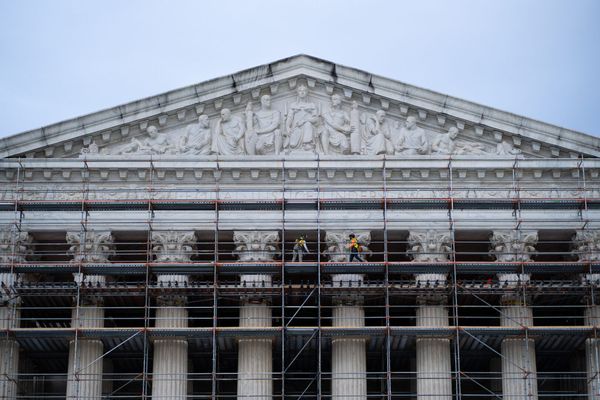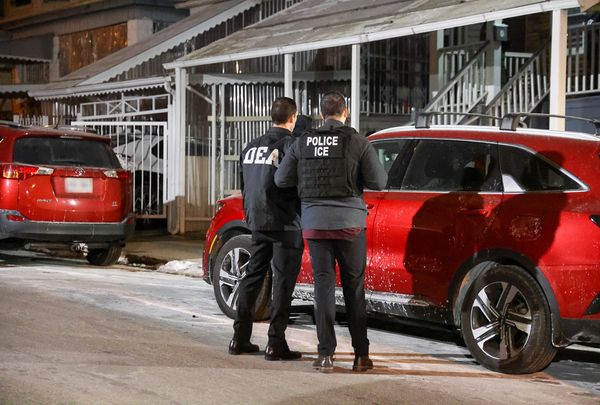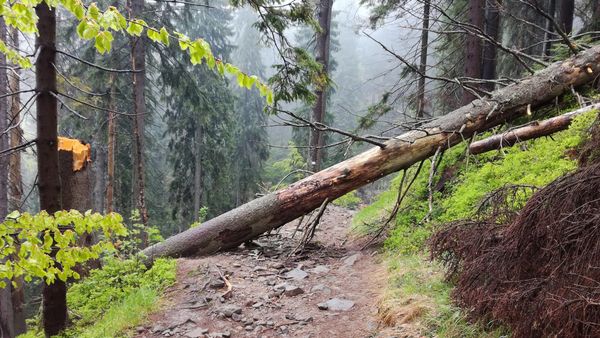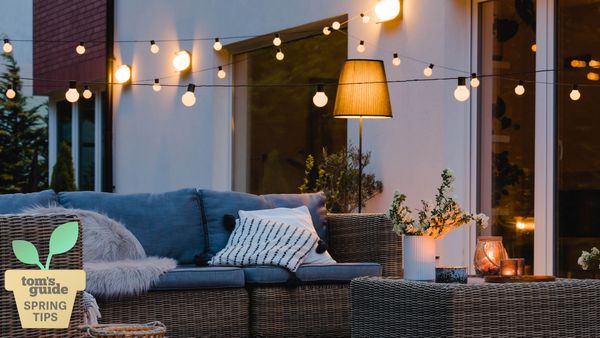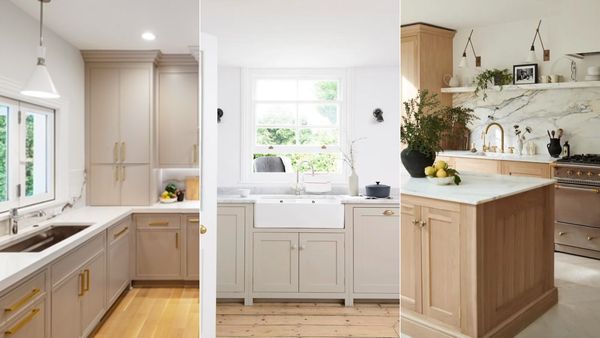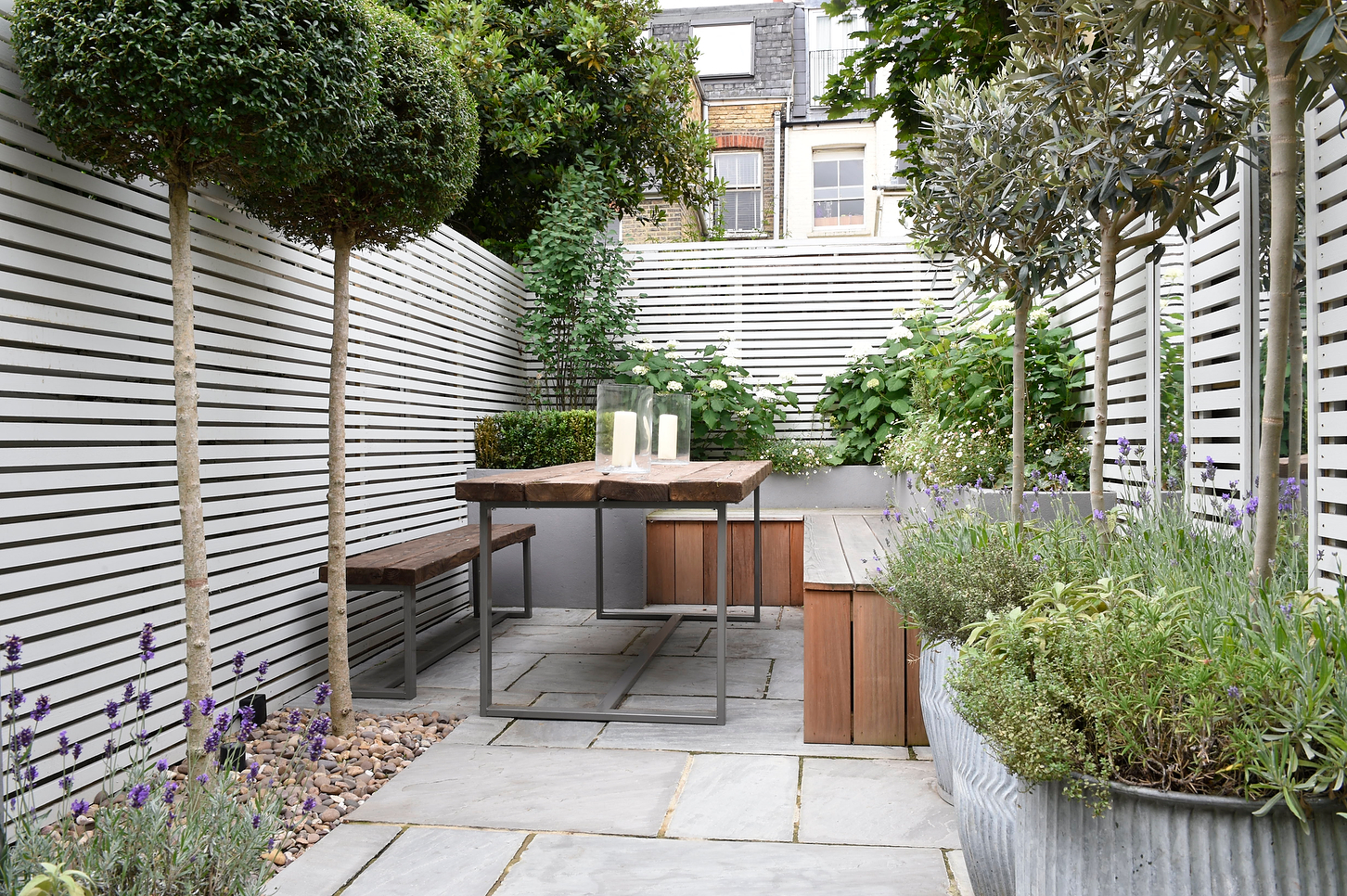
Spring's welcome return has spurred us all into action, including some much-needed backyard maintenance. A fresh lick of paint on your fence can do wonders for brightening your outdoor space, and the shade you choose could have some transformative effects, too.
We rarely give our fence color half as much thought as our wall color but, as experts will tell you, the shade you pick matters more than you think. If space is a premium in your backyard, you'll want to do whatever you can to make it feel bigger. The good news is, just as the colors we use inside our home can make a space seem smaller or larger, so too can the hue you use around your property's perimeter.
Ready to harness the illusory effects of paint and give your small backyard a makeover? Here are five of the best shades to paint a fence to help your garden grow.
1. Light Grays or Beige

General advice from landscapers and color experts is to go for lighter fence shades if you want your small garden to look bigger. 'When choosing colors to make an outdoor space appear larger, you will want to lean towards light and or bright shades,' says Glidden's Color Expert, Ashley McCollum. 'This is because lighter colors help reflect more light, thus making the area appear larger than it is.'
For this reason, Ashley suggests cool grays, creamy beiges, and classic white fences for smaller outdoor spaces, and Kat Aul Cervoni, professional landscaper at Staghorn, agrees. 'For extra sunny spaces, I like using lighter colors on fencing to make a space feel larger and more open and bright,' she says. 'Light gray, off-white, and other similar neutral colors are good options.'
Gray in particular can do a great job of blurring the boundaries of your backyard by reflecting light, according to landscaper Mike Falahee, landscaper and president of Marygrove. 'This subtle trick expands your perception of space, making your backyard seem larger without you even realizing it,' he says.
2. Dark gray / black
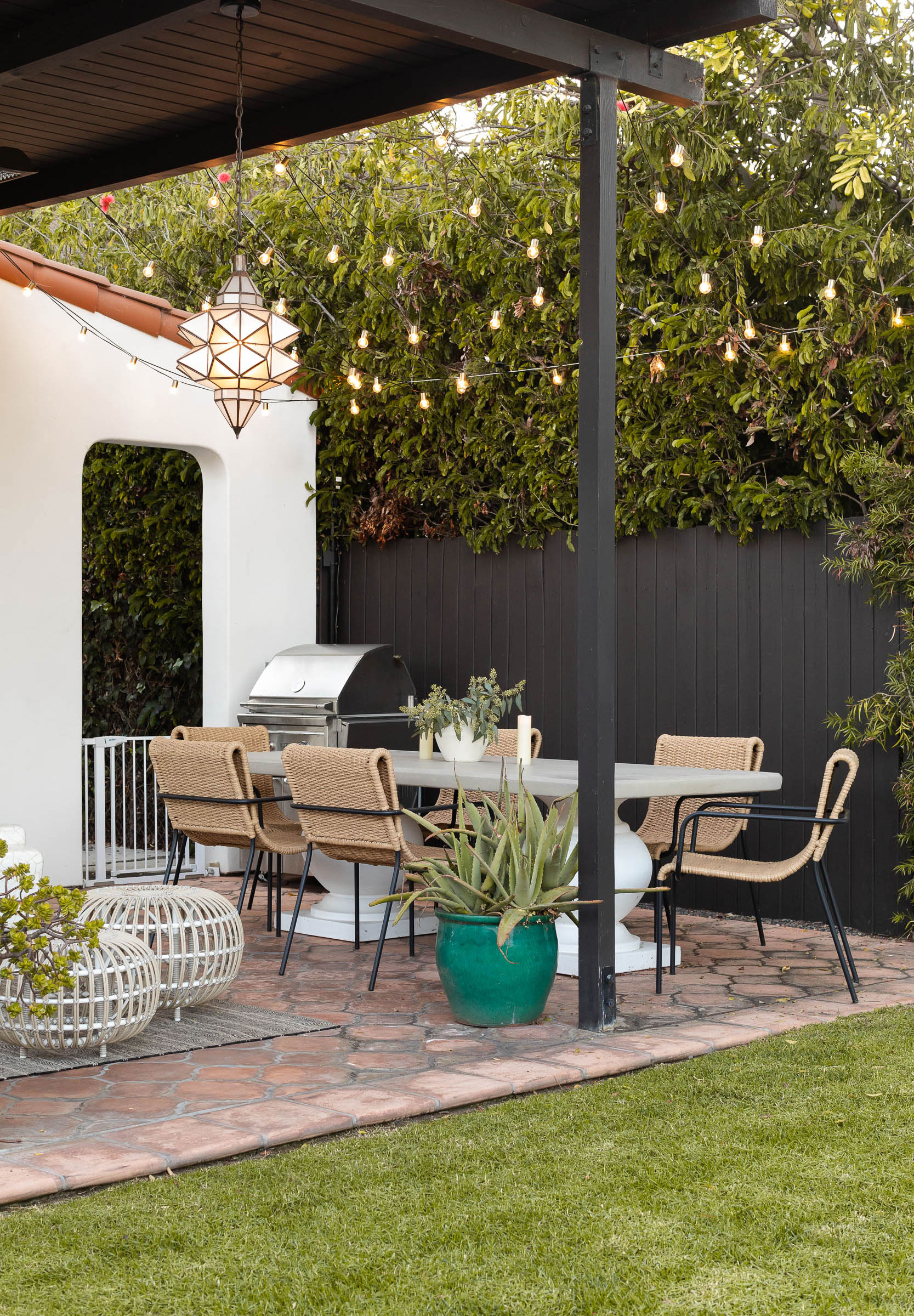
If you prefer a more chic look, try a dark gray for your garden fencing instead. 'Dark gray and black are great options for fence colors for darker, shady gardens, or those that back up to wooded areas,' says Kat. 'I find that dark colors give the illusion of more depth which can make a backyard feel larger.'
Like neutral colors against the backdrop of a white or gray house, the thought behind darker fence tones is that they blend with the surrounding natural environment. 'The idea with all these approaches is that the fence color sort of matches the existing environment and shadows or sun which helps it to "fade" into the background and make the space feel larger,' Kat explains.
3. White

On the other hand, one of the great advantages of neutral shades is how they're likely to blend in with architectural surroundings. 'Matching a fence with the trim or siding of your house, for example, will create a harmonious flow and draw the eye to the entire element,' Ashley adds. For this reason, if you have a white house, painting a wooden fence in the same shade could help your small patio, garden, or deck seem larger.
Nigel Berry of Top Fencing agrees. 'Matching your fence color to your house ensures it flows smoothly and makes your yard look larger,' he says. He also points out that some creative paint ideas could work in your favor, too. 'One memorable project involved transforming a small backyard into a cozy retreat by painting the fences a soft cream color and incorporating vertical stripes using alternating shades of beige. The result was remarkable, with the space feeling significantly larger and more inviting,' he notes.
4. Greens and wood tones
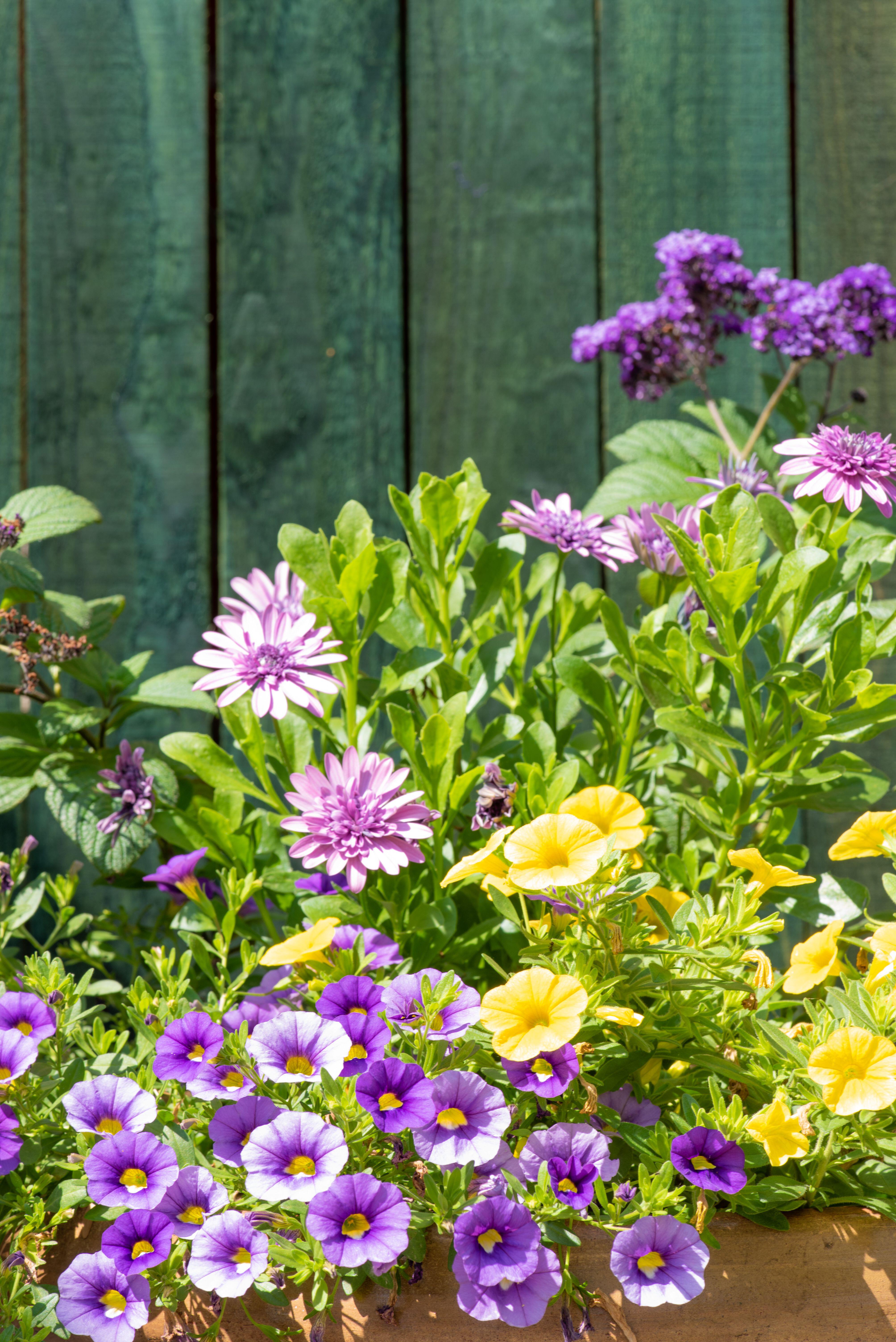
If white picket fences aren't your thing, go for something more organic like green or brown. 'These colors provide a classic and natural look that will seamlessly blend into nature’s surroundings giving off the appearance of tranquility and accessibility,' says Ashley.
Kat agrees, pointing out how natural tones help make your back or front yard a transitional space between your home and the surroundings beyond. 'Similar to dark gray or black fences, a dark green fence is a great choice for properties that back up to wooded or planted areas as it will blend with the already-green backdrop and give the illusion of a deeper space,' she adds.
5. Soft blues or yellows
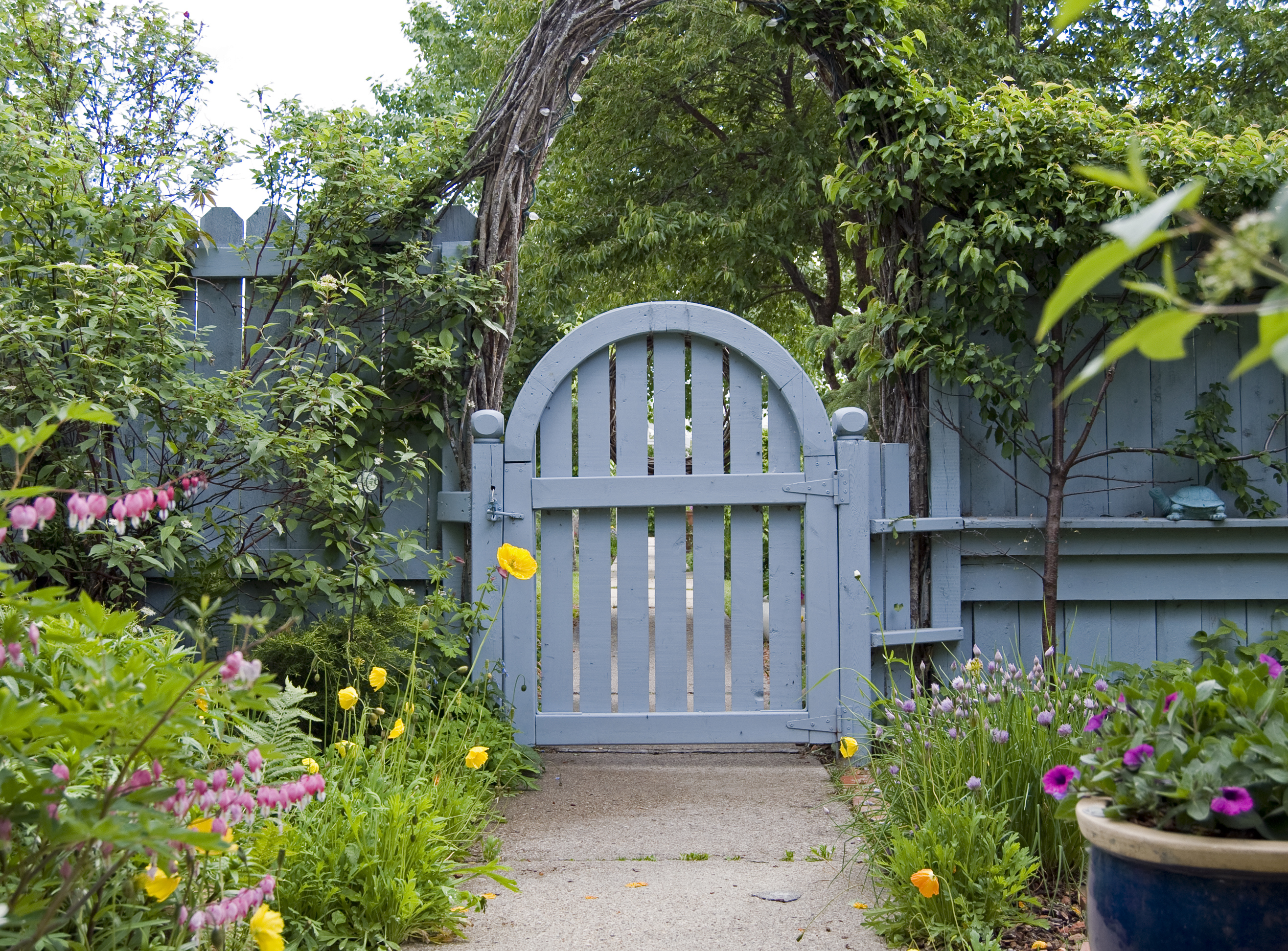
'This option is more of a personal choice allowing you to pick and choose the “theme” of your outdoor space,' Ashley says. 'When you accompany these colors with natural surrounding elements such as florals or greenery to match the overall palette, this creates a larger aesthetically pleasing environment.' By using colors found in nature like sunny yellows or sky blues, you expand your backyard right up to the fence and beyond, giving the illusion of greater space.
If you're looking for an easy job to get your backyard ready for spring, choose your new fence color and get painting! The effect it has on your outdoor space might be bigger and better than you ever imagined...
